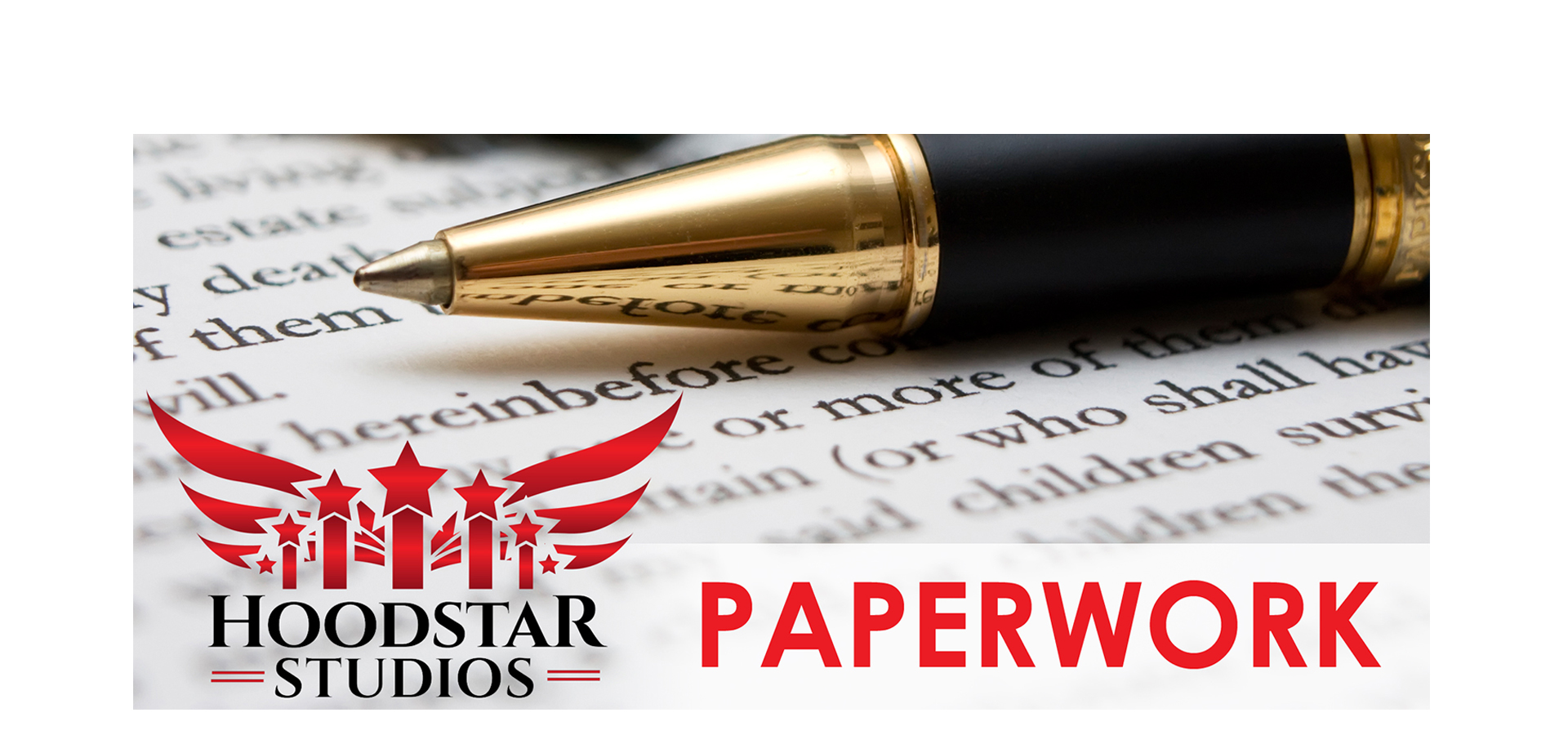
Hoodstar Studios has extensive knowledge in various areas of Registration, Data Collection and Coding for digital and physical products. These are the methods used to protect your property and get you paid for your music. We can help you with any of the services below. We also offer a package for all of the services listed – The Works.
ISRC CODE
The ISRC system is the key to royalty collection for recordings in the digital information age.
An ISRC is a code that is embedded in the metadata of a digital recording – usually during the mastering process. These codes are then read by Digital Distributors (such as iTunes and Amazon MP3) when your song is sold and linked back to you as the owner to make payments. Without these codes present you cannot be paid for the sales of your recordings over the internet. Many distributors will not post your song to sell without them.
UPC BARCODE
The data in the Universal Product Code or UPC (the barcode that appears on point of sale items) is encoded in the bars and spaces in a very specific way. Much like the ISRC codes discussed above – UPC codes work in the same way on your physical products. When you sell a physical CD, the UPC code is read and linked back to you as the owner to make payments and to track data involving the recording.
There are three elements to this data stringin UPC barcodes:
A company prefix this is the globally unique GS1 Company prefix assigned to your company by GS1 US. It ensures that your products barcode is not confused with any other companys product.
A item reference the item reference number is assigned by your company. The GS1 Company Prefix plus the item reference number totals 11 digits.
A Check digit A special formula using the other 11 digits is used to calculate the check digit. This 12th digit ensures the accuracy of the information in your barcode when it is scanned.
COPYRIGHT
Copyright is a form of protection grounded in the U.S. Constitution and granted by law for original works of authorship fixed in a tangible medium of expression. Copyright covers both published and unpublished works. Copyright, a form of intellectual property law, protects original works of authorship including literary, dramatic, musical and artistic works, such as poetry, novels, movies, songs, computer software, and architecture. Copyright does not protect facts, ideas, systems, or methods of operation, although it may protect the way these things are expressed.
SOUND EXCHANGE
SoundExchange is the non-profit performance rights organization that collects statutory royalties from satellite radio (such as SIRIUS XM), internet radio, cable TV music channels and similar platforms for streaming sound recordings. The Copyright Royalty Board, which is appointed by The U.S. Library of Congress, has entrusted SoundExchange as the sole entity in the United States to collect and distribute these digital performance royalties on behalf of featured recording artists, master rights owners (like record labels), and independent artists who record and own their masters. If you are a featured recording artist or a sound recording copyright owner (SRCO), producer or creative contributor, you may have earned digital performance royalties for the use of sound recordings you own or on which you performed. Artists and SRCOs should register with SoundExchange as soon as possible, even if youre a member of another performance rights organization, as only SoundExchange can provide digital royalties.
BDS (Nielsen)
BDS is a service that tracks monitored radio, television and internet airplay of songs based on the number of spins and detections. Using a patented digital pattern recognition technology, Nielsen BDS captures in excess of 100 million song detections annually on more than 1600 radio stations in over 140 US markets (including Puerto Rico), 30 Canadian markets and the 3 major markets in Mexico. Nielsen BDS also uses the service to track monitored airplay at satellite radio (Sirius XM), internet sevices (like Yahoo! And AOL) and audio networks (like Dial Global, Music Choice, and Radio Disney), as well as on TV (12 US music video channels and 9 Canadian video channels). BDS is the standard for the radio and music industry because of its accuracy detecting, tracking and monitoring songs, thus eliminating the use of reporting and call-outs to trades and record labels when it comes to adding and testing tracks. Nielsens data on airplay and sales is featured weekly in Billboard magazine and is widely cited by numerous publication and broadcasters as the standard for music industry measurement.
MEDIABASE (Clear Channel)
Mediabase is a music industry service which monitors radio station airplay, publishes charts of the most-played songs on radio, and provides in-depth analytical tools for industry professionals. Its charts are used for many popular radio countdown shows, including American Top 40 with Ryan Seacrest.
MEDIABASE vs BDS
BDS is used to make all the Billboard airplay charts. Mediabase is used to make many of the charts in Radio & Records. BDS uses computers to monitor stations, and Mediabase uses people to monitor stations. Mediabase and BDS monitor about 80% of the same stations; therefore you may need to get both in order to get proper coverage.
SOUNDSCAN (Nielsen)
Not to be confused with BDS or Mediabase, SoundScan is not for radio, but for retail sales. It is the system that is connected to the barcode scanners at retail stores; it tabulates the sales data, and sells it to subscribers at a lofty price. Nielsen SoundScan is an information system that tracks sales of music and music video products throughout the United States and Canada. Sales data is collected weekly from over 14,000 retail, mass merchant and non-traditional (on-line stores, venues, etc.) outlets. Nielsen SoundScan is the sales source for the Billboard music charts. SoundScan can only
track sales on CDs that have a UPC bar code.
OTHERS
ASCAP (royalties)
BMI (royalties)
SESAC (royalties)
FMQB (chart)
CMJ (chart)